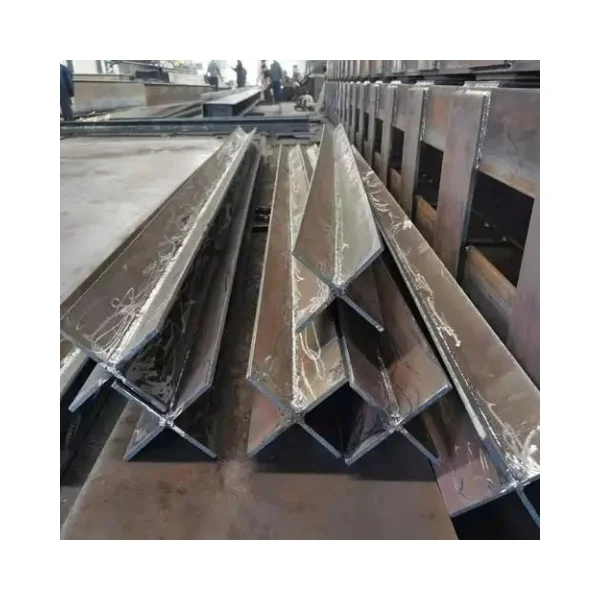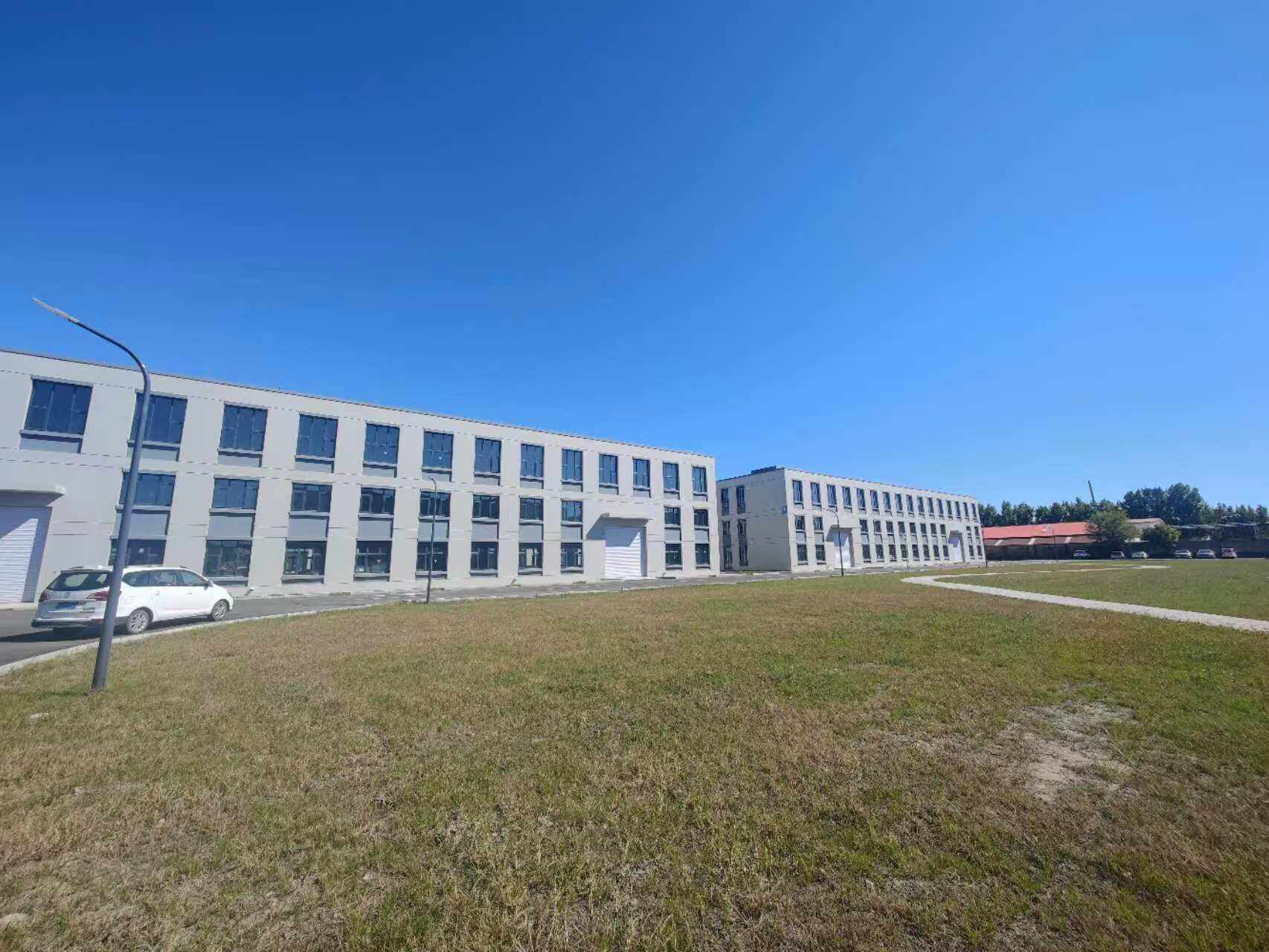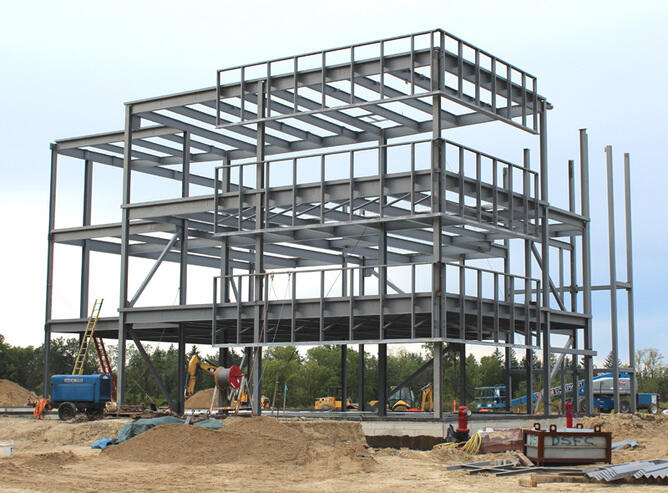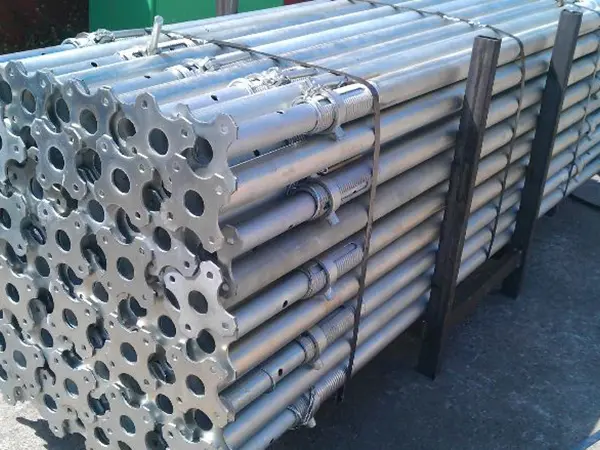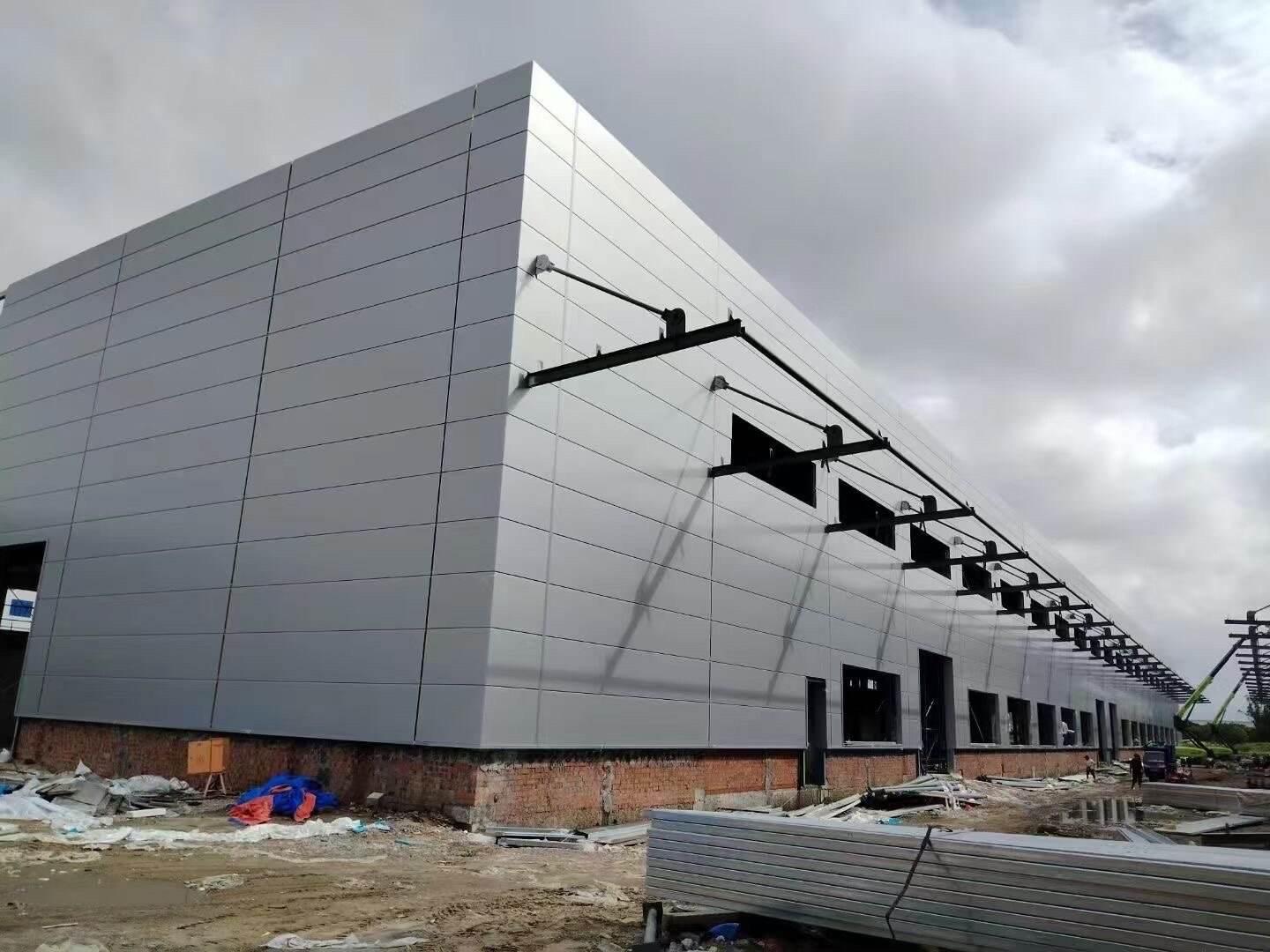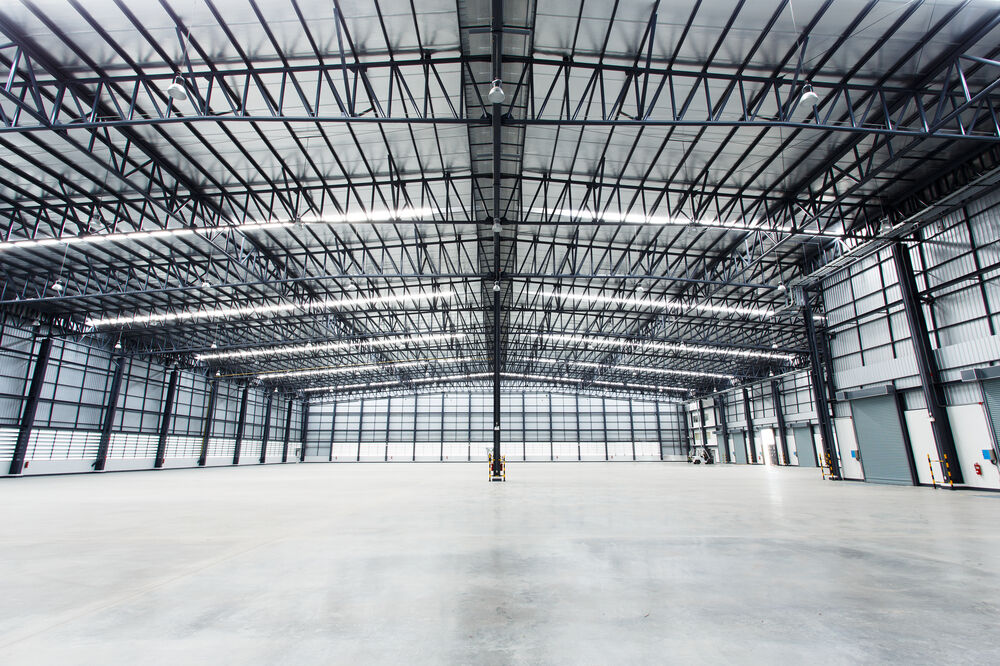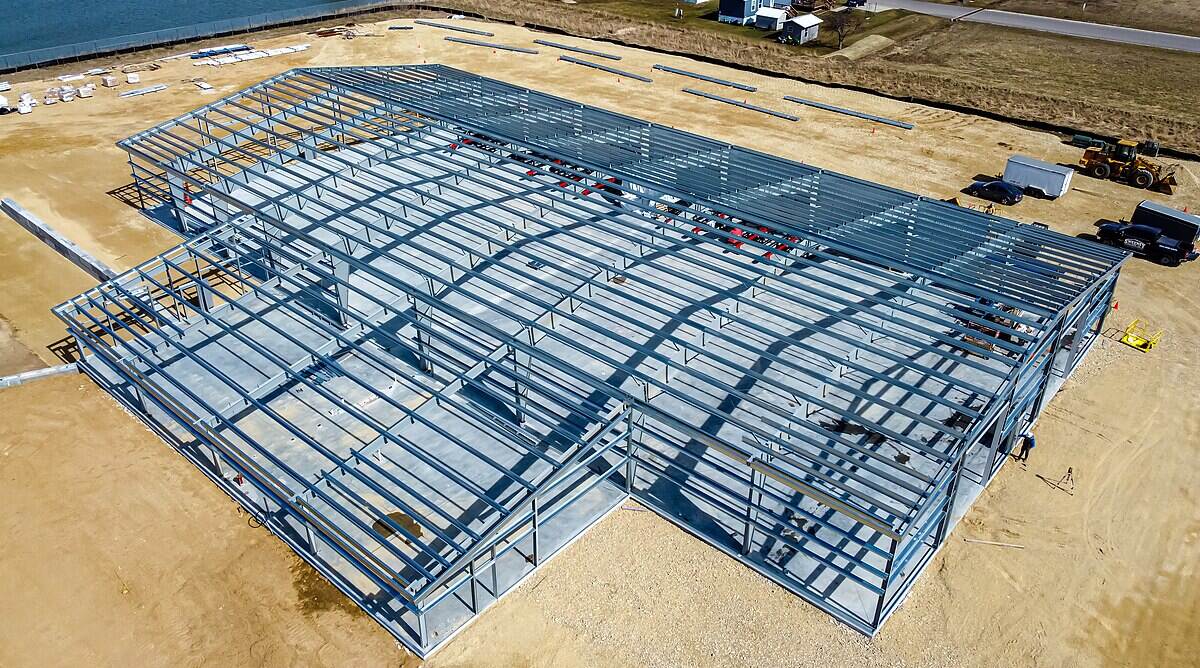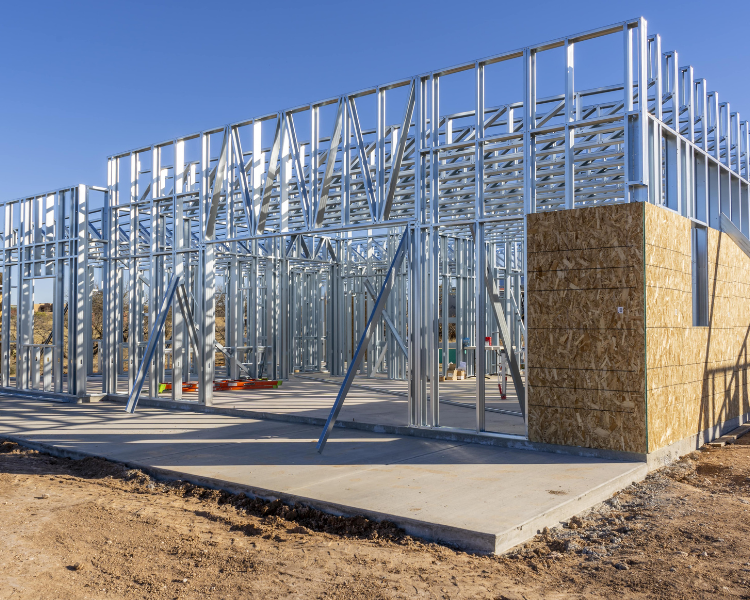steel frames and trusses
Steel frames and trusses represent the backbone of modern construction engineering, offering unparalleled structural support and versatility in building design. These essential components combine advanced engineering principles with robust materials to create frameworks that can support massive loads while maintaining optimal stability. Steel frames consist of vertical columns and horizontal beams precisely connected to form the skeleton of a structure, while trusses are engineered systems of interconnected elements that distribute loads efficiently across larger spans. The integration of cutting-edge design software and precise fabrication techniques ensures these structures meet exact specifications for each project. In contemporary applications, steel frames and trusses find extensive use in commercial buildings, industrial facilities, sports arenas, and bridges. Their modular nature allows for rapid assembly and modification, while their durability provides long-term reliability under various environmental conditions. Advanced coating technologies and treatments enhance their resistance to corrosion and fire, making them ideal for demanding applications. These structures can be customized to accommodate different architectural designs and load requirements, offering flexibility in both form and function.





